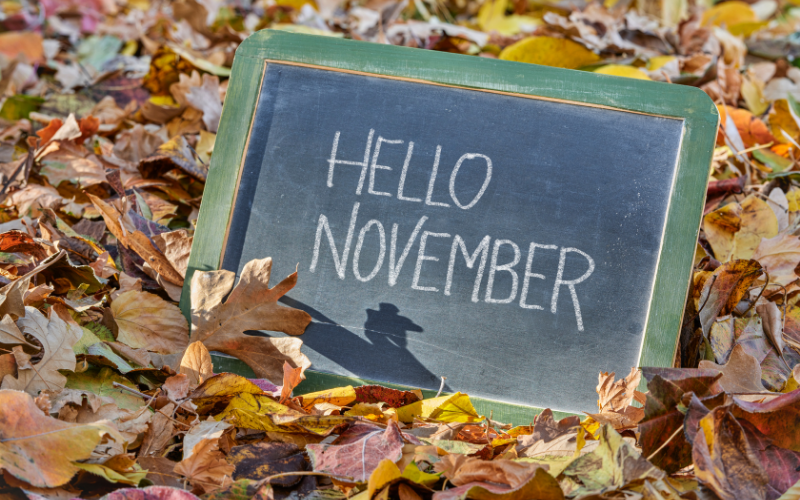
By the time November arrives in New Jersey, your landscape is winding down for the season—but that doesn’t mean your work is done.
One of the smartest steps you can take this month to protect and polish your property is mulching your garden beds.
Late fall mulching helps regulate soil temperature, conserve moisture, and protect plant roots from harsh winter conditions. It also suppresses weeds, keeps soil from compacting, and gives your landscape a neat, finished look even after most plants have gone dormant.
November mulching sets the stage for healthier plants, cleaner beds, and a more attractive landscape all winter long while making your spring garden maintenance much easier.
Why Mulch in Late Fall?
Mulching in November helps shield plant roots from dramatic temperature swings.
As we head into winter, mulch acts like an insulating blanket, keeping soil temperatures more stable during freeze-thaw cycles that can stress plants. It also helps lock in essential moisture, suppress winter weeds, and prevent soil erosion caused by wind and melting snow.
In addition to these practical benefits, mulch enhances the look of your landscape freshly mulched beds add a clean, well-cared-for appearance that carries your property gracefully through the colder months.
A uniform layer of about two to three inches is ideal; just remember to keep mulch a few inches away from plant stems and tree trunks to prevent decay and pest problems.

How to Mulch the Right Way
Start with clean beds. Remove heavy accumulations of fallen leaves, pull any lingering weeds, and cut back spent perennials.
A tidy surface ensures mulch lays evenly and doesn’t trap unwanted moisture or pests.
Choose a high-quality mulch, typically hardwood or bark mulch for most landscaped beds. If available, pine needles also work great and, in many areas of the country, it is a ‘staple’ product. Organic mulch is best, especially if you want it to break down over time and feed the soil.
Avoid: Any recycled, pre-manufactured wood products such as pallets or other construction materials as they break down fast and are the home to artillery fungus which will make the sides of your house and cars look like they have a bad case of acne! Recycled tires are an issue as they can poison root systems of plants, including mature trees.
Don’t bother with expensive dyed mulches, specifically those whose color does not mimic the natural environment of your plant material. Dyed mulch is an expensive, yet slow way, to kill your plants.
Finally, although stone may look attractive, it is not considered a mulch and possesses no nutritional value to your plants or soil.
Apply the mulch at a depth of about two to three inches. This is enough to protect your beds without suffocating the roots.
Be careful not to round mulch around the base of trees or shrubs, which can cause rot. Instead, create a small ring that leaves a few inches of breathing room around the base.
Take this time to redefine bed edges. A clean edge between your lawn and beds not only looks sharp but also makes future maintenance easier.

Book Now for Best Results
November is the sweet spot for mulching in New Jersey. Wait too long, and the ground may freeze, making it harder for mulch to insulate and protect your plants.
Start too early, and you may have to redo areas once more leaves drop. Now is the perfect time to act.
Contact Cedarwood Landscaping today to schedule your November mulching service and get your garden beds prepped for a beautiful, low-maintenance start to spring.
Our team will ensure your landscape looks its best through the winter months—while giving your plants the protection they need to thrive when warmer weather returns.
